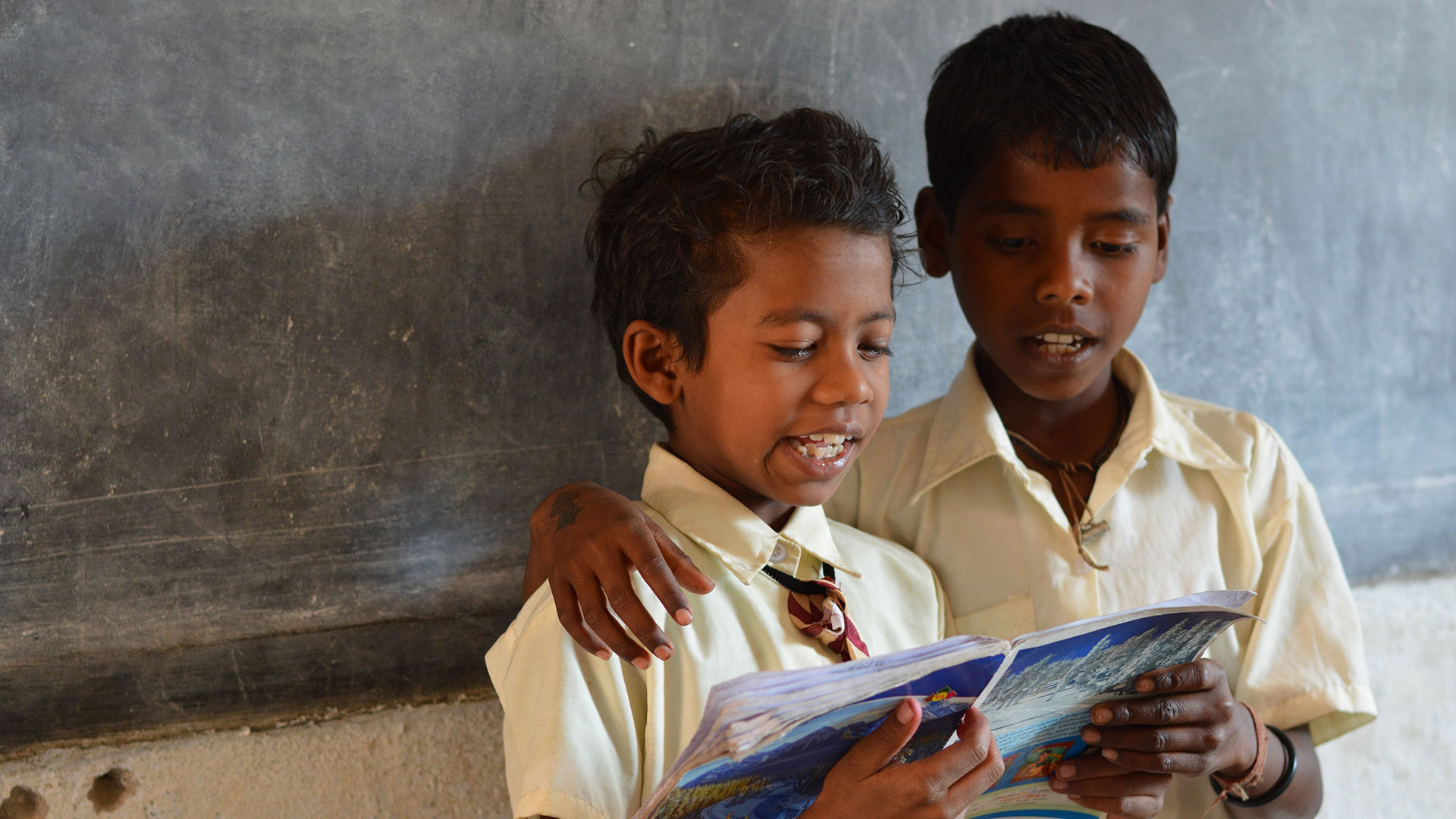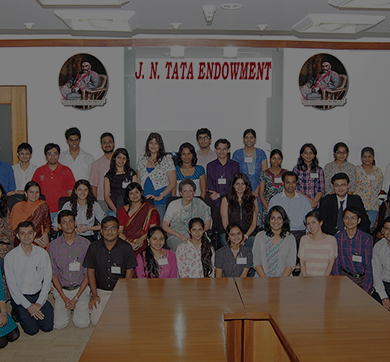September 2017 | 450 words | 2-minute read
The initiatives of Tata Trusts in the field of education are concentrated on ensuring that children and adolescents gain access to quality learning. There’s an allied objective here: to serve marginalised communities. A crucial component in these initiatives is to improve the quality of pedagogy by building teacher competence, engaging the community, working on research and policy and introducing curricular innovations that help children maximise their learning.
Tata Trusts supports and implements projects in villages and districts across 12 Indian states. These are aimed at improving the quality of education from preschool to high schools, bringing dropout adolescents back into the system and driving women’s literacy. The education interventions are part of a multithematic engagement with the community and it includes livelihood enhancement, water and sanitation, and nutrition.
Tata Trusts has undertaken three thematic initiatives to help plug some of the large gaps in India’s education sector. The Parag project supports educational development and dissemination through children’s books in Indian languages, the intent being to promote the reading habit among children.
Over the next two years, Parag is looking to help 45,000 children from urban and rural areas by supporting school libraries; developing 280 new children’s titles in Indian languages, including books in braille; building capacity through library educators and illustrators, with blended courses; and by using technology to promote reading.
Tata Trusts is also working, within this space, on improving teacher training. It now has a plan for a nodal centre and regional hubs to manage the task, which entails providing preservice training to 1,600 prospective teachers and in-service training to 100,000 teachers. The goal here is to build a cadre of good teachers and good teacher educators.
Technology has become an important piece in Tata Trusts’ approach to education. “We are quite clear that technology can only be a tool, not an end in itself,” says Tara Sabavala, head of programme design at the Trusts. “The attempt is to see how we can use technology to make learning and teaching more enjoyable and productive.”
There are currently three key interventions in the technology and education space:
- CLIx, or the ‘connected learning initiative’, is a collaboration with the Massachusetts Institute of Technology and the Tata Institute of Social Sciences to create new learning experiences and educational opportunities for secondary school students in India.
- The ‘integrated technology in education’ project, underway in Assam, West Bengal, Odisha, Uttarakhand, Maharashtra and Uttar Pradesh, promotes digital literacy through ‘experiential learning’.
- The tie-up with Khan Academy aims to create educational material for mathematics and science in Hindi and other Indian languages.








